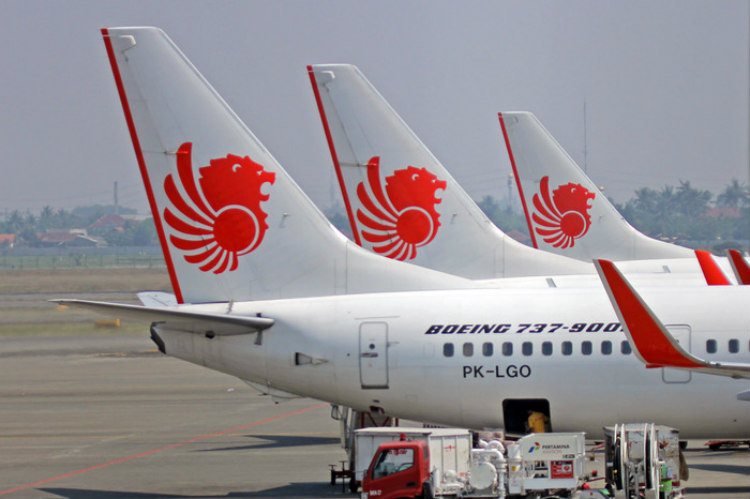Lion Air crash sparks Boeing 737 MAX safety probe
 James Chapple
James ChappleBoeing has acknowledged an issue with a data sensor aboard its new 737 MAX aircraft following the Lion Air disaster last week.
Lion Air flight JT610 plunged into the sea off the coast of Jakarta shortly after take off, killing all 189 people on board.
The aerospace manufacturer said it had detected "erroneous input” from an angle of attack sensor, which helps the aircraft judge whether its nose is correctly positioned.
The US Federal Aviation Administration (FFA) on Wednesday (November 7) issued an airworthiness directive in response to Boeing’s findings.
It states a false input or reading could potentially make the aircraft’s horizontal stabilisers repeatedly pitch the nose downward.
“This condition, if not addressed, could cause the flight crew to have difficulty controlling the airplane, and lead to excessive nose-down attitude, significant altitude loss, and possible impact with terrain.”
The FAA order is effective immediately and will apply to nearly 250 Boeing 737 MAX aircraft around the world.
It also contains guidance for pilots and first officers in the event of a data issue resulting from the sensor.
The 737 MAX is the latest version of the aircraft and entered service around a year ago, Reuters reports.
Boeing has so far delivered 219, with more than 4,500 more on order awaiting manufacture and delivery.
Indonesia’s National Transportation Safety Committee has confirmed the angle of attack sensor on the aircraft assigned to flight JT610 had been adjusted the day before the crash after the pilot and first officer reported the aircraft’s instruments displaying a discrepancy of around 20 degrees pitch.
Following recovery of the aircraft’s flight data recorder, investigators found a cockpit indicator on the crashed Lion Air jet had been damaged for its last four flights.
Sign up for weekday travel news and analysis straight to your inbox

James Chapple
Supplier Directory
Find contacts for 260+ travel suppliers. Type name, company or destination.

















